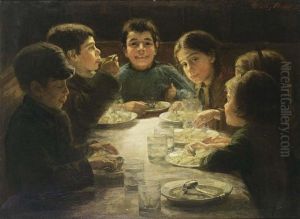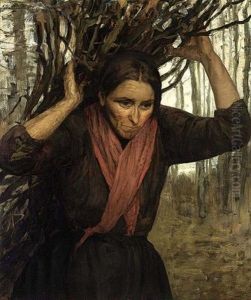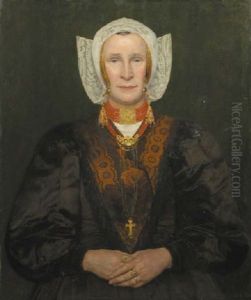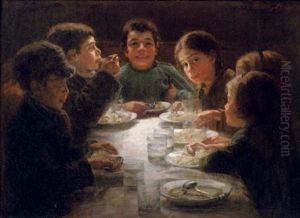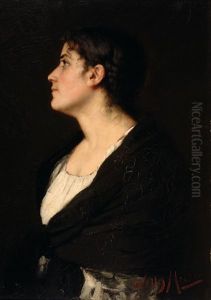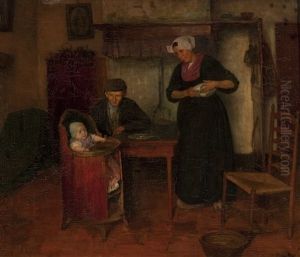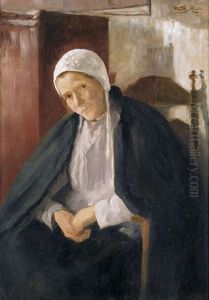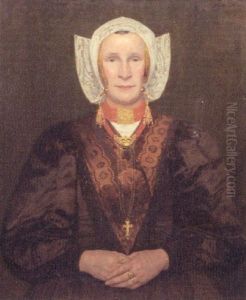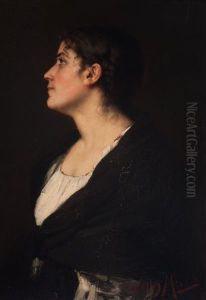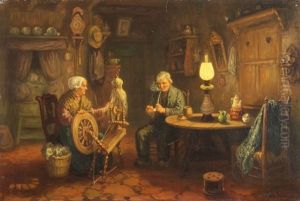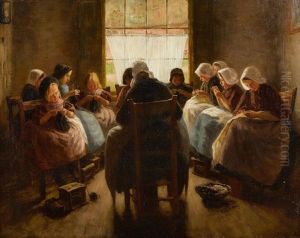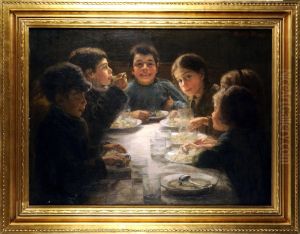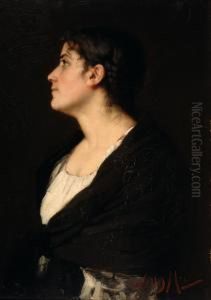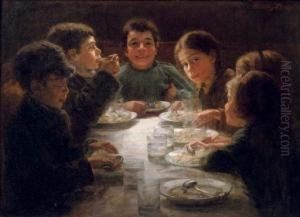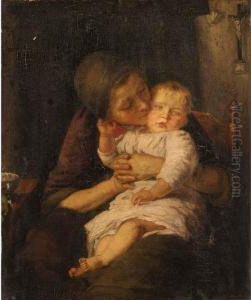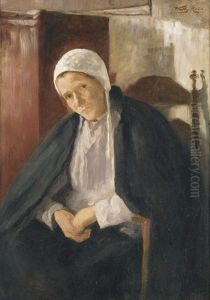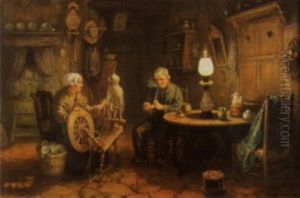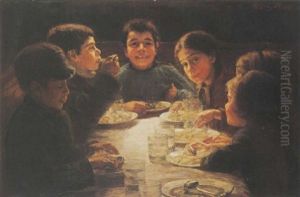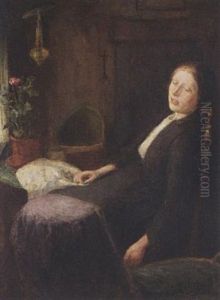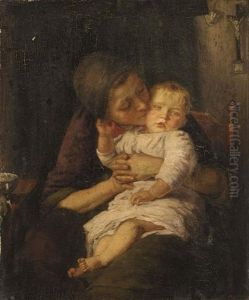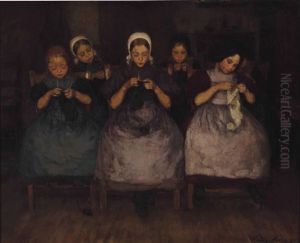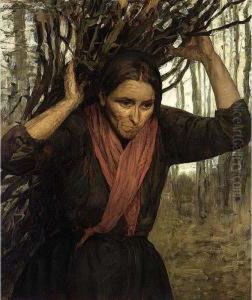Wally Moes Paintings
Wally Moes was a Dutch artist born in the mid-19th century, a period that was pivotal for the development of modern art in Europe. Born on May 17, 1856, in Amsterdam, Netherlands, Moes was part of a generation of artists who were exploring new ways of expression and breaking away from the strict academic traditions of the time. Her full name was Allegonda Gerarda Wally Moes, but she is commonly known in the art world as Wally Moes.
Moes's artistic journey began at a young age, influenced by the rich cultural environment of Amsterdam. She pursued her education in art at the Rijksakademie van beeldende kunsten (State Academy of Fine Arts) in Amsterdam, a prominent institution that has nurtured many Dutch artists. Moes was among the few women of her time to receive formal training in art, reflecting the beginning of a gradual shift in societal attitudes towards women in the arts.
Throughout her career, Moes was known for her portraits, genre scenes, and landscapes. Her work often depicted the daily life of Dutch people, with a particular focus on the lives of women and children, showcasing her keen observation and empathy towards her subjects. Moes's style was rooted in realism, and she had a profound ability to capture the essence of her subjects, making her work deeply resonant with viewers. Her paintings are characterized by their delicate handling of light and shadow, a testament to her skillful technique and sensitivity to atmosphere.
In addition to her painting, Wally Moes was also involved in the burgeoning women's movement of the late 19th and early 20th centuries. She used her art as a means to explore and comment on the role of women in society, making her work significant not only for its artistic merit but also for its cultural and social commentary.
Wally Moes's contributions to Dutch art were recognized during her lifetime, and she was a respected figure in the Netherlands' artistic community. Despite this, like many women artists of her era, Moes did not receive the same level of international recognition as her male counterparts. However, in recent years, there has been a growing interest in rediscovering and reevaluating the works of female artists from the past, leading to a renewed appreciation for Moes's contributions to art and society.
Wally Moes passed away on November 6, 1918, in Laren, Netherlands, leaving behind a legacy that has continued to inspire and influence Dutch art. Her works are preserved in several Dutch museums, where they stand as a testament to her skill, vision, and the unique perspective she brought to the world of art.
